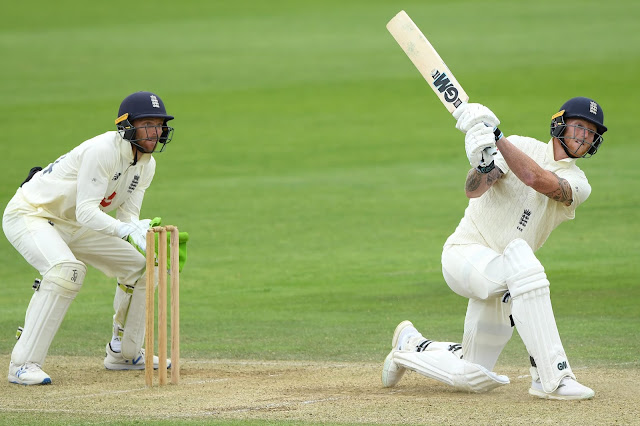Watching cricket can be trying on the off chance that you don't have the foggiest idea about the guidelines administering the game. In truth, this bat and ball game looks misleadingly straightforward, however to acknowledge completely the better purpose of the matches, a strong comprehension of 10 Some Basic Rules of Cricket to be useful.
Some Basic Rules of Cricket

1. Two Teams, 22 players: Purdue University clarifies that a cricket coordinate is minimal multiple groups going head to head against one another. Each group has 11 players on the field. One of a group's 11 players is the group chief. This player is basically liable for guaranteeing that a group has close to 11 players on the field at some random time.
2. Umpires' decisions are conclusive: Lord's notes that the umpire is the last expert in play choices. Players who neglect to follow bearings or who shrug off an umpire's choice will be gone over to the group chief for excusal or other order measures.
3. Six balls equivalent one over: The bowler bowls the cricket ball to the striker. In the event that the last hits it and misses, the ball is viewed as finished. After the bowler conveys six balls, he has finished an "over." Another colleague presently takes a go to astound the following.
4. Game term is arranged: Teams may consent to play two innings and cutoff the quantity of hours they will be on the field. In the other option, the groups may select to just play one innings yet do as such by concurring on the quantity of overs early.
Read More: Cricket Pitch Length
5. Proficient level cricket matches are restricted span games: Even thus, these games - ordinarily alluded to as test matches - most recent six hours out of each day and proceed for five days. Since test matches must utilize normal light just, recess is set between 11 a.m. what's more, 6 p.m.
6. Batsmen don't need to run: American crowds know about baseball players throwing to the side their bats and running from base to base. In cricket, the batsmen convey their bats with them as they run and use them to contact the ground denoting their advancement. It is critical that they don't need to run.
7. Boundary fence hit equals four runs: Cricket perceives that a batsman's capacity to hit the fence with a bowled ball should approach four runs. On the off chance that the ball goes past the limit fence, the batsman scores six runs.
8. Overthrows allow for additional runs: Should defenders disregard to toss the ball back, the batsmen will keep taking runs. On the off chance that the ball moves to the limit of the field, the runs previously finished are added to the programmed four-run score a limit hit procures.
9. Time squandering is punished: It is notable that cricket match-ups can continue for quite a long time. So as to diminish time squandering, another batsman is out of the game on the off chance that it takes him longer than two minutes to take the field after a wicket fall.
10. Field placement is optional: The group skipper may decide to put colleagues in various field positions. Each chief uses this methodology to the upside of the group and to lose the technique of the rival group.








0 Comments